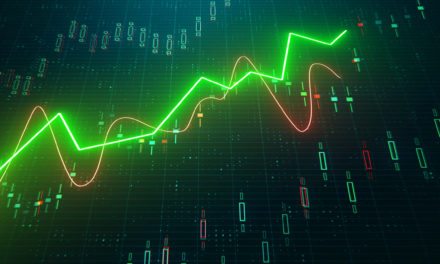
“Someone’s sitting in the shade today because someone planted a tree a long time ago.”
— Warren Buffett
The above quote from Warren Buffett is timeless, and brings into focus the choice about time horizon that any investor should think about before buying a stock they are considering. Behind every stock is an actual business; what will that business look like over a twenty year period?
Today, let’s look backwards in time to 2000, and take a look at what happened to investors who asked that very question about Cabot Oil & Gas Corp. (NYSE: COG), by taking a look at the investment outcome over a twenty year holding period.
| Start date: | 06/08/2000 |
|
|||
| End date: | 06/05/2020 | ||||
| Start price/share: | $1.89 | ||||
| End price/share: | $20.42 | ||||
| Starting shares: | 5,291.01 | ||||
| Ending shares: | 5,891.56 | ||||
| Dividends reinvested/share: | $1.55 | ||||
| Total return: | 1,103.06% | ||||
| Average annual return: | 13.24% | ||||
| Starting investment: | $10,000.00 | ||||
| Ending investment: | $120,307.61 | ||||
As we can see, the twenty year investment result worked out quite well, with an annualized rate of return of 13.24%. This would have turned a $10K investment made 20 years ago into $120,307.61 today (as of 06/05/2020). On a total return basis, that’s a result of 1,103.06% (something to think about: how might COG shares perform over the next 20 years?). [These numbers were computed with the Dividend Channel DRIP Returns Calculator.]
Notice that Cabot Oil & Gas Corp. paid investors a total of $1.55/share in dividends over the 20 holding period, marking a second component of the total return beyond share price change alone. Much like watering a tree, reinvesting dividends can help an investment to grow over time — for the above calculations we assume dividend reinvestment (and for this exercise the closing price on ex-date is used for the reinvestment of a given dividend).
Based upon the most recent annualized dividend rate of .4/share, we calculate that COG has a current yield of approximately 1.96%. Another interesting datapoint we can examine is ‘yield on cost’ — in other words, we can express the current annualized dividend of .4 against the original $1.89/share purchase price. This works out to a yield on cost of 103.70%.
Here’s one more great investment quote before you go:
“Calling someone who trades actively in the market an investor is like calling someone who repeatedly engages in one-night stands a romantic.” — Warren Buffett




